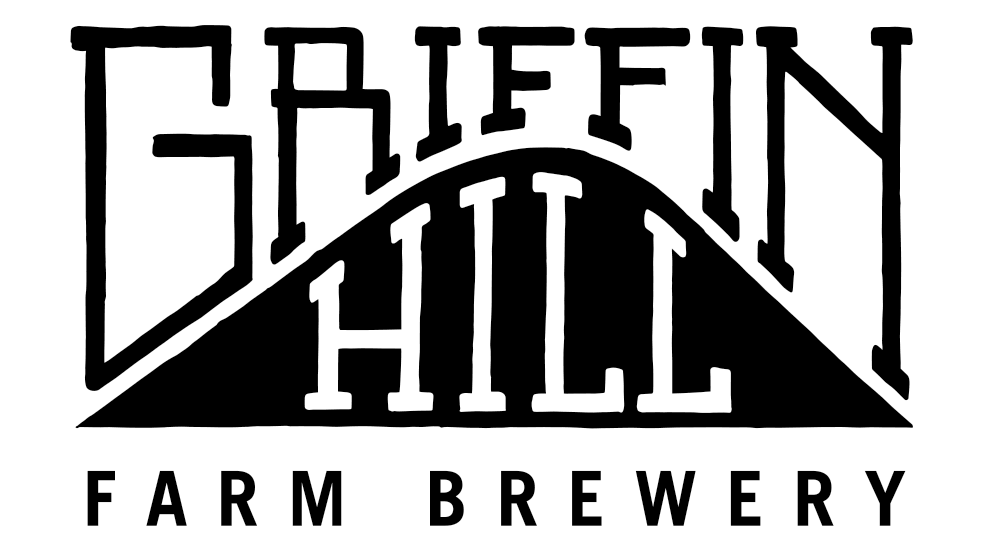Without malt there would be no beer.
Malt is cereal grain that has germinated and then been dried in a kiln, preventing it from growing into a new plant.
germinated barley
It’s fascinating to imagine how our pre-historic ancestors learned how to malt grains. A fortunate accident. Some stored grain somehow got wet, germinated, and then whoever had these seeds must have tried to save their wet food stores by drying them in the sun or next to a fire. When they tasted the grain they realized that something had changed. The starchy taste they were used to had changed to sweet. Enzymes in the grain had been activated converting the energy that had been stored as starch into sugars for the infant plant to metabolize. Humans have a sweet tooth and our prehistoric forbears must have been quite pleased by this new discovery. They would have been even more pleased when some rudimentary prehistoric malt soup leftovers were colonized by wild yeast, converting those sugars into alcohol. It was a brave early human who tried a taste of that fermented glop, but (s)he was rewarded with the first sip of beer ever to pass through human lips. According to a recent New York Times Op-ed, there’s a good chance that if that early adventurous eater hadn’t been so adventurous, civilization as we know it would never have come to pass. This is pretty heady stuff.
One of Fawcett's maltsters showing off his rake
During the Fundamentals of Mini-Brewing course, I spent some time at Thomas Fawcett & Sons Maltings in Castleford, West
Yorkshire. The Fawcett family has been malting since the 1700's. The process has
evolved a bit since our hunter and gatherer days, but the basic idea remains
the same. The great thing about
Fawcett's is that they have embraced modern malting technology while maintaining
historic traditional maltings alongside the newer technology. It is a massive facility. The oldest buildings contain floor
maltings in which grain, mostly barley, is spread on the floor and germinated. It has to be turned by hand using a rake which gives us the enduring image of the maltster. Then it is dried and kilned using technology that hasn't changed in centuries. Next door, there's a more modern take on this ancient process. The entire process takes place in an automated
germinating kilning vessel. No matter how it's done, malting is as much an art as it is a science. Only the maltsters' experienced eye can tell when the grain is at the right level of germination, or when malt is perfectly kilned. These age-old skills matched with modern scientific analysis mean that today's brewers have access to the best malt ever made.
One of the guiding principles in founding our brewery is focusing on beer making as a collaboration between farmers, maltsters, and brewers. Take one of these craftsmen out of the equation and there is no beer. Sadly in our modern age this link has been ignored. Grain, malt, and even the acids in hops that provide bitterness have become commodities to be traded in open markets by vast corporations. The brewer has no idea who grew the grain, malted the malt, or grew the hops. Your “local craft beer” probably has grain grown in the mid-west, malted in Canada, and hops from an industrial scale hop farm in the Pacific Northwest. So much for local! Not to mention the carbon footprint.
There’s an alternative emerging here in New York State. It’s nothing new. From the 1840's through the 1880's New York State had the largest hop growing industry in the United States. Hops are our heritage! To complement the hops, scores of farms produced barley and other grains for various maltsters across the state. These maltsters in turn supplied the hundreds of brewers who quenched New York's thirsty citizens with beer famous for its quality. Somehow after prohibition the farming aspect of the NYS brewing the industry never rebounded.
Until now.
One of Governor Cuomo's initiatives to boost economic growth throughout the state was the passage of the Farm Brewery license. The idea is to encourage a home-grown New York brewing industry similar to the New York wine industry which benefited from similar legislation back in the 70's. No winery would import all their grapes from Washington state and call their product a New York wine. Why should brewers do the equivalent? Across the state, entrepreneurial folks like ourselves are grabbing onto this new opportunity and setting about bringing New York back to its brewing roots.
Before the Farm Brewery legislation passed in Albany there hadn't been any maltings in NYS for decades. In doing the legwork to start our brewery, we've met three New York maltsters going into production this year, and there are more in the planning stage. This is for real!
From west to east, we have Ted Hawley of New York Craft Malt in Batavia, Mark Russell and Chris Wolfe Flower City Malt Lab outside of of Rochester, and Marty & Natalie Mattrazzo of Farmhouse Malt down in Newark Valley. Marty and Natalie will eventually be starting a brewery as well.
I would be amiss if I didn't mention our neighbors further east in the Pioneer Valley of western Massachusetts. Andrea and Christian Stanley are craft malting superstars. They've been malting at Valley Malt since 2010. Much of their malting grain is grown on New York farms. We've been using Valley Malt in some of our test batches. It's of the highest quality and makes fantastic beer!
Being a part of this re-emerging industry is exciting. The collaboration of so many like-minded beer lovers means good times are brewing for thirsty New Yorkers!
Since I wrote this back in 2013 the NYS malting industry has grown. These maltsters weren't on my radar yet:
Pioneer Malting in Rochester
Niagara Malt in Cambria
East Coast Malts in Freeville





